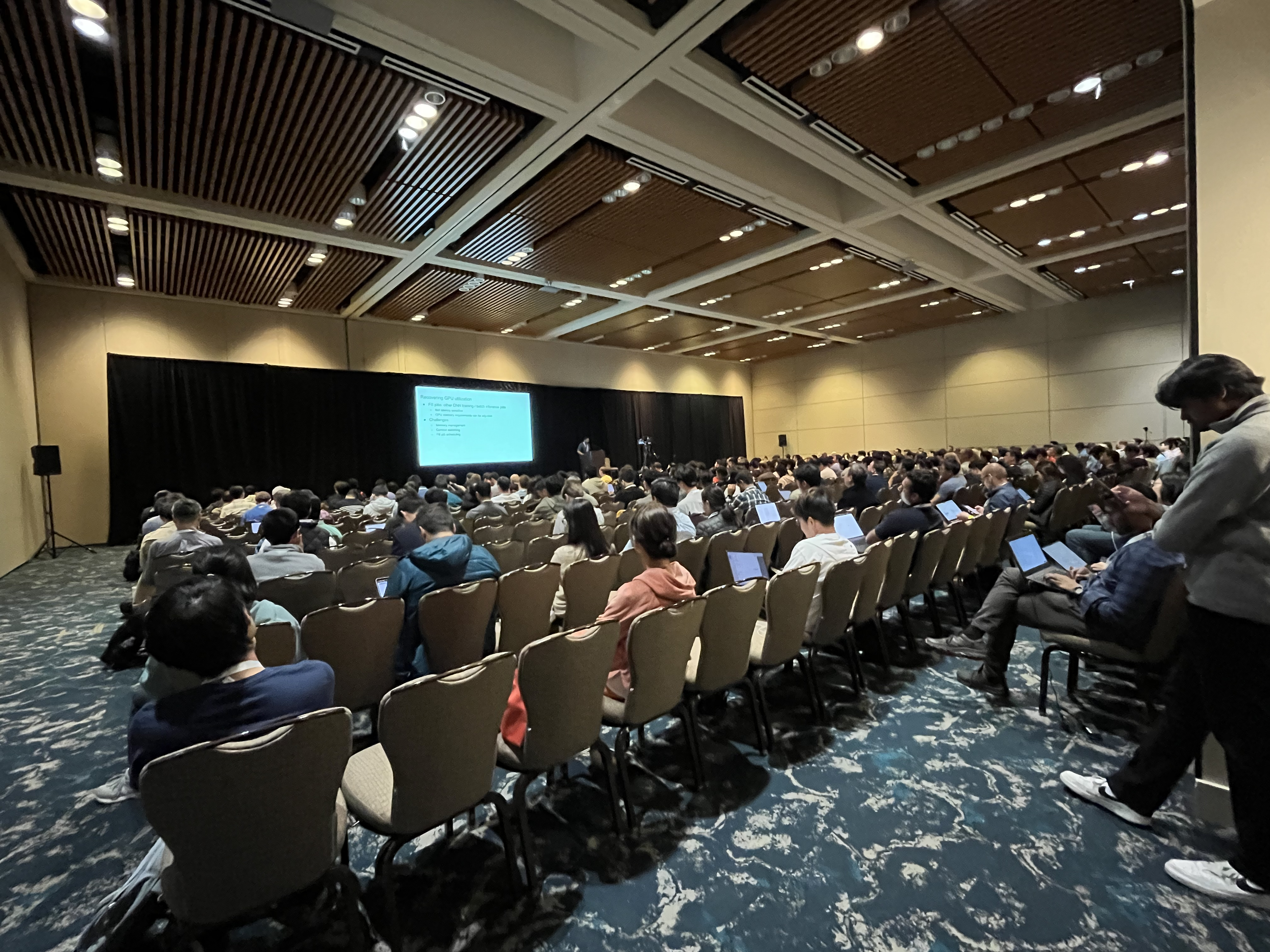🔥 The Source of Torch 🔥 [START HERE]

In software 1.0, one of the most important pieces of infrastructure to date is LLVM. Its focus on openess and modularity reduced industry fragmentation. On top of that, it was also reused in unplanned ways for new languages Swift, Julia, Rust, and Zig.
Open source always wins with infrastructure. This is because accidental complexity is way to costly for companies’ infrastructure (unless you’re Google). It’s very expensive for engineers to not be able to stack overflow their answers. Trust me — been there, done that. This is going to be doubly the case now that LLMs need to use stack overflow as well. And so software 2.0 is no exception to the rule: open. wins.
The date of writing marks the last day of the MLSys 2025 conference, and the week of attending orals and poster presentations has energized me into kickstarting an idea I’ve had for the past few months: Source of Torch, which riffs on A Tourist’s Guide to the LLVM Source Code.
The Source of Torch picks up from where Singularity Systems: Zero to Hero left off (better suited for people just starting in the field of Systems ML), and delves into the depths of pytorch/pytorch.
esketit